- Home
- About S&T
- Taxa/Organisms
- Ecosystems
- Issues
- Methods & Tools
- Reports & Publications
- Location
- Search
Publisher: USGS | Science Center: Patuxent Wildlife Research Center (PWRC, Laurel) | Format: URL
www.pwrc.usgs.gov — Breeding Bird Survey (BBS) is a project monitored by the USGS and the Canadian Wildlife Service on the status and trends of North American bird populations. The data can be used to estimate population trends and relative abundances at various scales. The BBS is a cooperative effort between the U.S. Geological Survey's Patuxent Wildlife Research More...
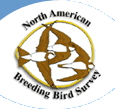
2008 | Publisher: USGS | Science Center: Western Ecological Research Center (WERC, Sacramento) | Format: .PDF
www.werc.usgs.gov — Mercury is a contaminant of significant concern in waterbirds because it can accumulate to high concentrations in their tissues and cause deleterious effects such as impaired reproduction. Numerous studies and monitoring programs have evaluated concentrations of mercury in waterbird tissues as an index of risk to exposure. However, no single More...

April 15 2004 | Publisher: Other Federal Agency (United States Fish and Wildlife Service (USFWS)) | Format: .PDF
www.fws.gov — Case study presented at the Department of Interior Workshop on Adaptive Management of the successful use of adaptive management for the regulation of the North American waterfowl harvest, which has reduced contentiousness in rule-making using a transparent and inclusive process, provided maximum hunting opportunity using a framework for More...

Publisher: USGS | Science Center: Forest and Rangeland Ecosystem Science Center (FRESC, Corvallis) | Format: URL
fresc.usgs.gov — Conservation Genetics of Shorebirds uses molecular techniques to describe genetic structure and diversity in North American shorebirds (order: Charadriiformes) to facilitate population maintenance and recovery of these migratory birds.

Publisher: USGS | Science Center: Alaska Science Center (ASC, Anchorage) | Format: URL
alaska.usgs.gov — This web resource provides information concerning the on-going Research at the USGS Alaska Science Center on birds and avian influenza (bird flu). The site links to quick facts, on-going research, workshop results, monitoring and surveillance, guidelines on how to safeguard against avian influenza, publications and reports, migratory bird More...
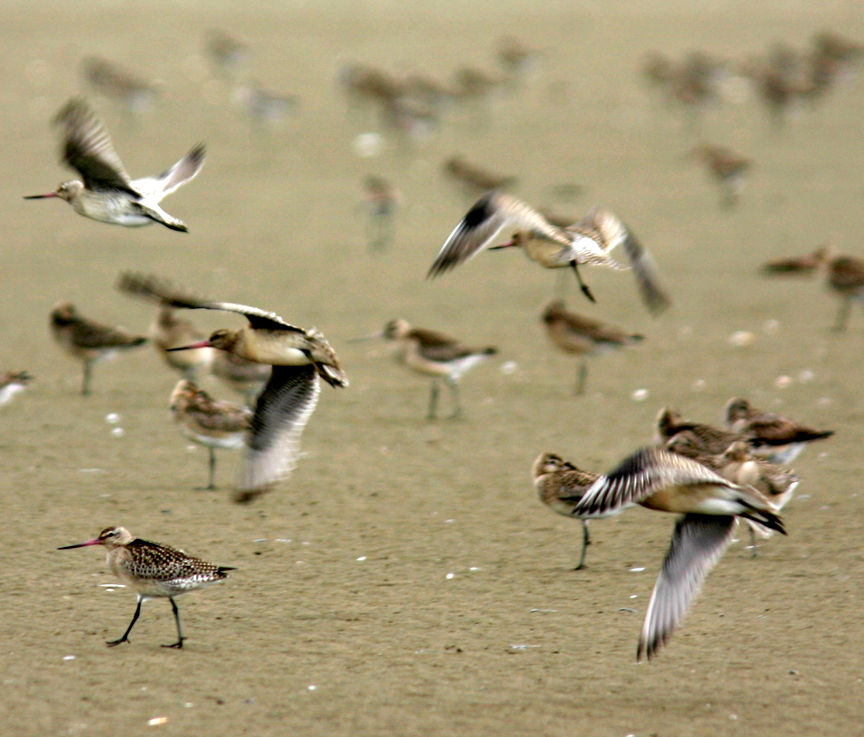
Publisher: USGS | Format: URL
pubs.er.usgs.gov — This report presents the results of the 2006 International Census of Piping Plovers (Charadrius melodus). Two sets of tabular data are reported: one for distribution and abundance of wintering Piping Plovers, the other for distribution and abundance of breeding Piping Plovers. The winter census resulted in the observation of 3,884 Piping Plovers More...

Publisher: USGS | Science Center: Alaska Science Center (ASC, Anchorage) | Format: URL
alaska.usgs.gov — Remote sensing technology has been used to fill key information gaps on how the tribe Numeniini, to which godwits and curlews belong, migrate within and across continents. During 2007-2008, four species (Bar-tailed Godwit, Hudsonian Godwit, Bristle-thighed Curlew, and Long-billed Curlew) - representative of the various migration strategies More...
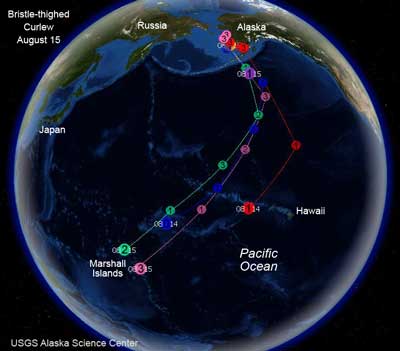
Publisher: USGS | Science Center: Patuxent Wildlife Research Center (PWRC, Laurel) | Format: URL
www.pwrc.usgs.gov — The North American Bird Phenology Program houses a unique and largely forgotten collection of six million Migration Observer Cards that illuminate migration patterns and population status of birds in North America. These handwritten cards contain almost all of what was known of bird status from the Second World War back to the later part of the More...
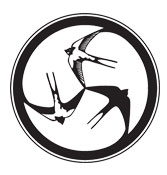
Publisher: USGS | Science Center: Alaska Science Center (ASC, Anchorage) | Format: URL
alaska.usgs.gov — It is estimated that 100,000-150,000 Bar-tailed Godwits breed in Alaska. Under the US Shorebird Conservation Plan, they are a species of High Concern mainly due to their small population size, threats to their non-breeding grounds (especially at migratory stopover sites in Asia), and their relatively restricted breeding distribution within the More...
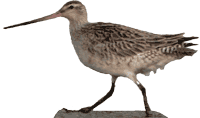
Publisher: USGS | Science Center: Alaska Science Center (ASC, Anchorage) | Format: URL
alaska.usgs.gov — This resource is a life history profile of the Bristle-thighed Curlew (Numenius tahitiensis). The Bristle-thighed Curlew (Numenius tahitiensis) breeds only in North America. Its adult population numbers about 7,000 individuals, making it the rarest of the New World curlews and godwits. It is similar in appearance to the Whimbrel (N. phaeopus). More...
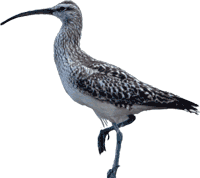
Publisher: USGS | Science Center: Upper Midwest Environmental Sciences Center (UMESC, LaCrosse) | Format: URL
www.umesc.usgs.gov — Little is known about the movements of common loons (Gavia immer) during migrations and on wintering ranges in coastal waters. This information is needed to formulate effective regional and national conservation strategies. UMESC has collaborated with regional partners in the use of satellite telemetry to study the movements of common loons More...

Publisher: USGS | Science Center: Forest and Rangeland Ecosystem Science Center (FRESC, Corvallis) | Format: URL
srfs.wr.usgs.gov — The International Shorebird Survey (ISS) in the eastern and central United States and the Maritimes Shorebird Survey in southeastern Canada have been conducted for more than 20 years and provide a wealth of information about how to survey shorebirds in these areas through both national and regional monitoring programs. Enormous progress has been More...
